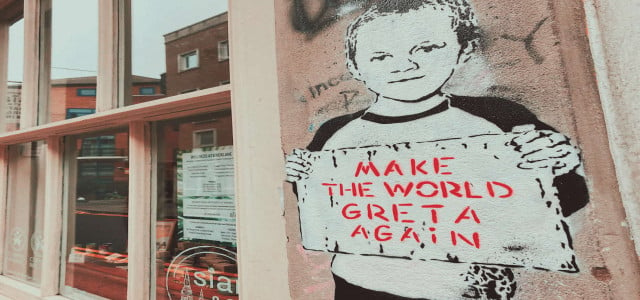Are you guilty of engaging in performative activism? Find out what a performative activist is and how to be a better ally without putting yourself front and center.
Performative activism is what the name suggests — a performance. The term describes the actions of those who publicly support a cause for recognition or social capital rather than for the good of the cause itself. Performative activism is also sometimes referred to as performative wokeness, woke-washing or performative allyship.
Not all activists or those that speak out publicly are performative activists. Many forms of public activism result in real and positive change. However, performative activism is a growing trend.
Some may wonder why performative activism is such a big deal. Even if people support the cause for self-centered reasons, it still gets support — right? The answer is a bit more complicated than that. Let’s find out why.
What Is Performative Activism?

(Foto: CC0 / Pixabay / pixelcreatures)
Boston Medical says people partake in performative activism to increase social capital instead of actively helping a cause. Others describe it as “shallow and self-serving support for social justice causes.” It is sometimes (and incorrectly) used synonymously with slacktivism.
Slacktivism describes a lazy or superficial type of activism. It refers to those who share causes on social media or in other easy ways but who tend not to engage in any actual acts of activism. Theoretically, a slacktivist might sign an online petition or change their Instagram profile picture to show solidarity with a cause but won’t do things like canvassing or organizing a protest.
Slacktivism can be an element of performative activism but is not always for self-gain. It’s also common for people to do activist work that is both “easy” (like posting on social media) and “more difficult” (like volunteering in their community).
Performative activism and so-called slacktivism are not uncommon and are just two of many negative effects of social media. Social media provides a large platform for public performances and insincere activism. Instagram, in particular, is associated with a flourishing world of performative activism, and is one of the first places this behavior appeared.
Performative Activism & Black Lives Matter
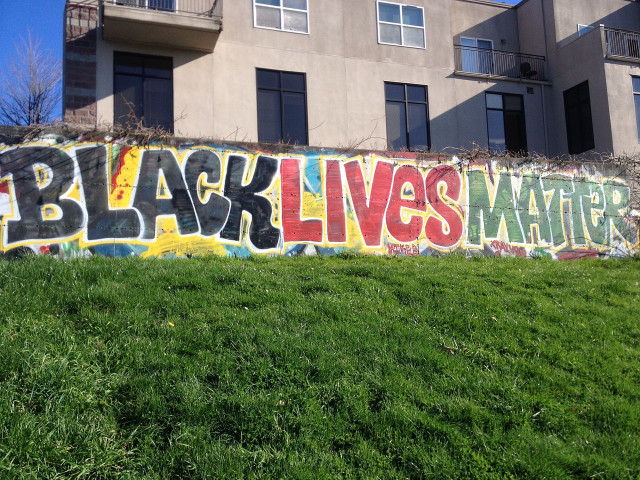


(Foto: CC0 / Pixabay / bmartinseattle)
The subject of performative activism drew attention after the killing of three Black men — George Floyd, Breonna Taylor and Ahmaud Arbery — in separate incidents in the US in 2020. Floyd and Taylor were killed by law enforcement officers, while Arbery was killed by two armed men. Their deaths, part of a long legacy of police brutality and hate crimes against Black people in the US, sparked massive public outrage in Black communities all over America and the rest of the world.
This global reaction brought racism and race-related issues into the heart of the public conversation. The outrage felt in these communities evolved into the Black Lives Matter (BLM) movement, now known worldwide. Millions publicly declared solidarity with those fighting to end police brutality, racism, discrimination, and inequality.
The subsequent social media event, Blackout Tuesday, saw social media users posting black squares for the day instead of their regular content as a symbol of solidarity. Many influencers, celebrities and large companies and corporations took part. However, it left many questioning what these individuals and groups were doing to support Black Lives Matter outside of just posting a black square. Expressing solidarity was not enough, especially when some of those groups had huge diversity problems or had negatively impacted Black communities.
The black square is an excellent example of performative activism. Not everyone who posted the square did so performatively. Still, it seems like many people used it to jump on the bandwagon or to virtue signal instead of actively engaging with the issues that Black communities face.
Why Do People Partake in Performative Activism?



(Foto: CC0/ Unsplash/ Clem Onojeghuo.)
Social media, mass media, capitalist consumerism and growing globalization mean that our ethics and choices are often on display. Public activism or allyship with popular causes has subsequently become seen as a way to look good — and isn’t confined to the general public posting black squares on social media.
Celebrities and influencers can be guilty of performative activism too. In an article discussing celebrity activism and how it affected reality TV, the Guardian calls the behavior an “example of how changing the world has morphed into meaningless entertainment.” Meaningless entertainment is not the attention most causes need to gain momentum, but it might help a career in the public eye gain momentum.
However, performative activism might damage the credibility and success of the performing activist. Research finds that when advantaged groups are inauthentic in their support, it can backfire and damage their reputations.
Unfortunately, the trend of performative activism spans even further. Many businesses have been accused of using social injustices to promote their agendas. Organizational leaders sometimes use performance-driven activity to protect their companies or brands from being perceived negatively.
Corporations undeniably benefit financially by publicly declaring support for social movements. For example, the World Economic Forum discusses how many companies that support the LGBTQIA+ movement reap the rewards from what they describe as “loyal customers” — who have a spending power of $800 billion annually.
This isn’t necessarily a negative allyship and can benefit the company and the cause if support is sincere and backed by action. It would appear, though, that this support isn’t always followed up with anything other than further injustice. Let’s take a look.
The Rise of Corporate Woke Washing
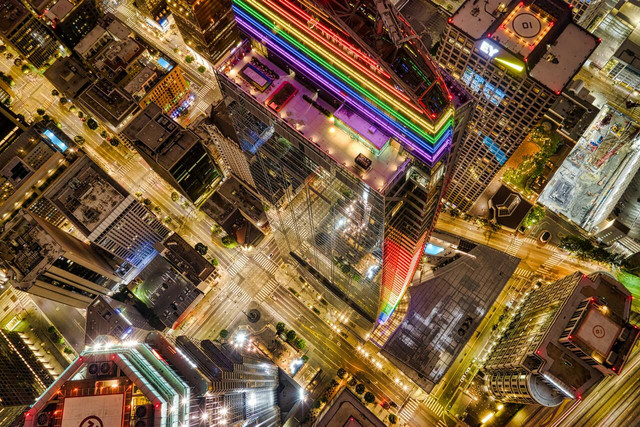


(Foto: CC0/ Unsplash/ Venti Views.)
In 2020, the Michigan Daily was one of many platforms that called out companies who pledged their support for BLM but did not have substantial Black representation in their workforce. The article highlighted that despite publicly standing in solidarity with BLM activists:
- Netflix had only 7% Black representation across the entire organization — 8% in leadership roles and none in executive positions.
- Apple had only 3% Black representation in leadership roles and 9% throughout the company.
- Nike had no Black representation in executive positions and only 4.8% at corporate levels.
The article acknowledges that many companies pledged to increase the number of Black employees and donated to campaigns fighting for racial equality after getting called out for their performative activism.
However, it also says that despite donations and pledges from corporations representing well-known brands, like Covergirl, Rimmel London, Elf cosmetics and Old Spice, this too may have been performative activism at its best.
The article references a poll of 2378 people that found:
- 70% have not seen any meaningful changes happening in their company
- 69% have seen their companies lose momentum since they said they would make these changes
- 73% are not optimistic about the future based on efforts so far.
Students at California State University say that many companies are engaging in performative activism to boost their popularity and finances. In interviews with Black TikTok creators, the social media platform is accused of performative activism like publicly supporting Black History Month and then purportedly shadow-banning Black creators during the rest of the year.
They also discuss how many companies add the rainbow pride flag to their logos on social media to show their support during Pride Month. Still, their actions throughout the rest of the year indicate different values altogether. This is commonly known as rainbow-washing.
This behavior reinforces discriminatory attitudes and behaviors instead of eradicating them. According to Forbes, when performative activism becomes part of the corporate value system, Black employees are likely to suffer from a perpetual cycle of discrimination, which will ostracize sincere allyship and worsen the experiences of minority employees.
Overall, performative activism does not appear to benefit either the performer or the cause.
Non-Performative Activism
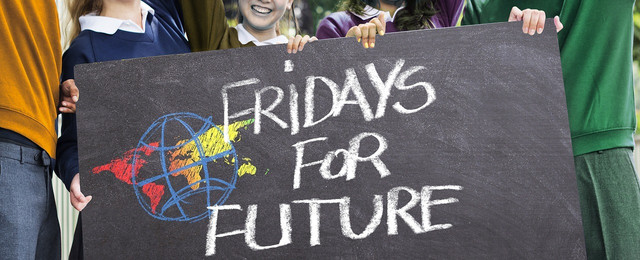


(Foto: CC0 / Pixabay / geralt)
It isn’t all bad news, though. Many individuals and groups have generated change worldwide through non-performative activism and sincere action supporting positive change.
In August 2018, Swedish student and activist Greta Thunberg acted on the growing eco-anxiety and concern for the planet she was experiencing when she started to protest daily outside the Riksdag, the country’s central government building. The then-15-year-old skipped school every day for three weeks preceding the Swedish election, demanding change for the planet’s sake and her generation’s future.
Since then, young people worldwide have demanded change from their governments and leaders. Millions of youths have since joined what is now known as the Fridays For Future movement.
This approach to activism led to a global movement of young people who want climate action. The mass mobilization of non-performative young activists who want change more than recognition has had a global impact.
This is just one example of true, non-performative activism that has made a difference. There are many examples of similarly sincere and positive acts of activism taking place worldwide.
Becoming a Sincere Ally
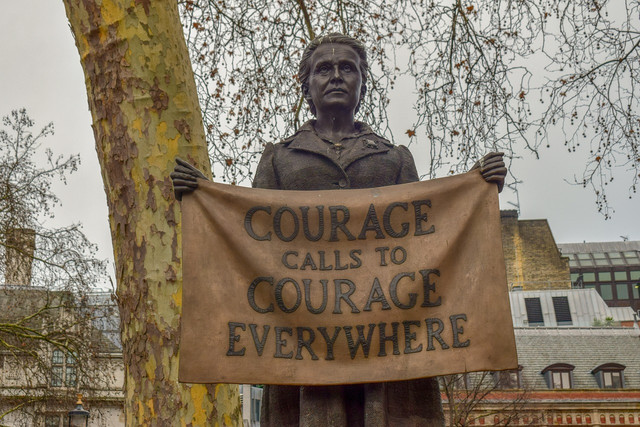


(Foto: CC0 / Pixabay / dimitrisvetsikas1969)
True activism and allyship require us to take action to support marginalized groups. Recognizing when we fall short is the first step towards becoming a non-performative and altruistic activist.
Sharing a post on your social media page, wearing a pride rainbow or verbalizing your support for a cause are not bad things — in fact, they’re great! It’s just important to avoid being an ally only when it serves us personally. Ultimately, we should not benefit more than the cause itself.
There are many ways to get involved in environmental activism in 2023 if you want to help save the rainforest or save the ocean. The Rights of Nature movement or one of the many NGO and non-profit organizations worth supporting are good choices if you want to make a difference.
Conscious consumerism means you choose brands and businesses with ethics and morals that align with your own—turning your back on those that don’t is another form of non-performative activism.
Learn how to make a protest sign and join a campaign you believe in to make a difference beyond a quick social media post. Whatever you do, do it for the right reasons.
Read more:
- Fortress Conservation: Key to Saving the Planet or Human Rights Abuse?
- Take Action: 15 Everyday Ways to Combat Climate Change
- Zero Waste Lifestyle Guide: Simple Tips Towards Sustainable Living
Do you like this post?









